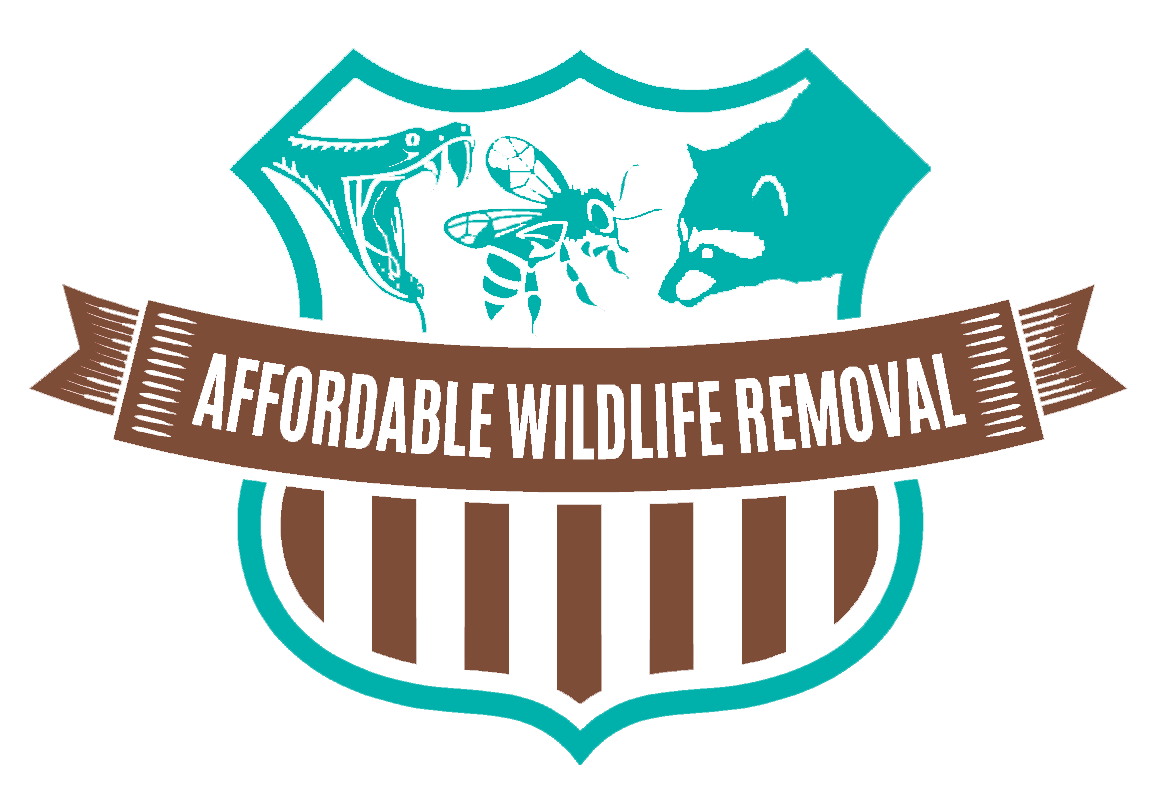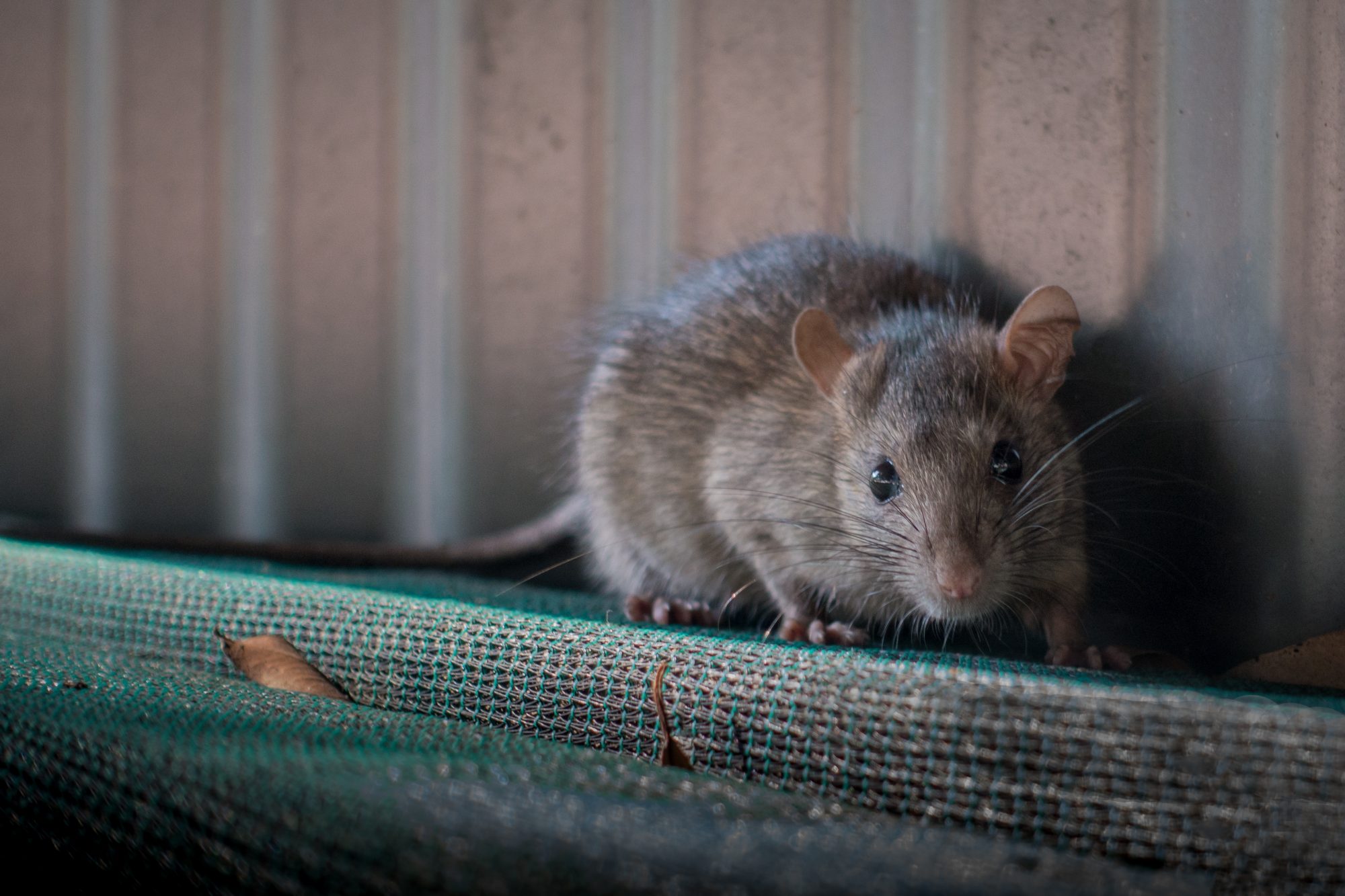Roof Rats
We believe in humanely retrieving and relocating wildlife, call now for Affordable Wildlife Removal in Orlando.
Roof Rats That You May See Around The Home
What Is A Roof Rat?
The smaller of the two commensal rats is the roof rat. Black rats or ship rats are sometimes called roof rats. In the upper sections of houses, the roof rat gets its name from its ability to find shelter via climbing.
Once inside, not only by gnawing through objects, roof rats damage objects, but they also contaminate stored food and act as vectors of dangerous diseases.
It is believed that roof rats are of Southeast Asian origin, but now they are found worldwide, especially in the tropical regions. In coastal states, seaports and the southern third of the world, roof rats are popular. 1Source Surprise Arizona Go To Source
What Do Roof Rats Look Like?
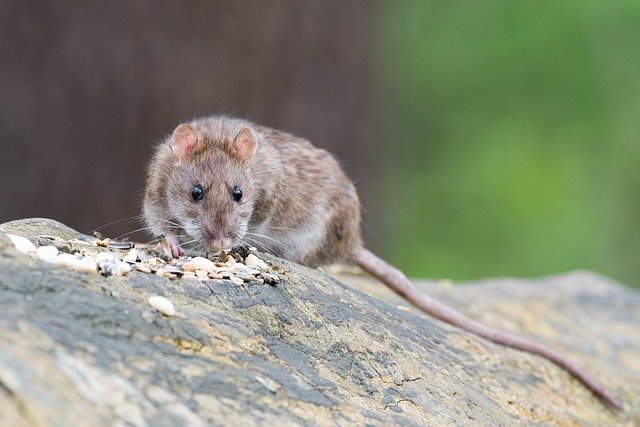
Long and thin rodents that have wide eyes and ears, a pointed nose, and a scaly tail are roof rats. Roof rats with intermixed black spots have soft and smooth fur that is normally brown.
Often their undersides are white, gray, or black. When combining their head and body length, adult roof rats measure 6-8 inches. Their tails are slightly longer, measuring 7-10′ than their heads and bodies. This means that roof rats can grow to more than 40 cm long. They are normally 5-9 ounces in weight, but can develop to 12 ounces. 2Source County Of Santa Clara Go To Source
Where Do Roof Rats Live?
Roof rats are more aerial than Norway rats in their ecosystem selection and often will reside in trees or on vine covered fences. Landscaped residential or industrial areas supply excellent environment, as does plants on riverbanks and streams.
They will often move into sugarcane and citrus groves. Roof rats are often found living in or around poultry or other farm buildings along with in commercial sites where food and shelter are available.
Being agile climbers, Roof rats often enter buildings from the roof or gain access to near utility lines which they use to travel from area to area. They have been found in drain systems, but this is not really common. 3Trusted Source U.S. Fish And Wildlife Service Go To Source
What Do They Eat?
Rats and mice eat a range of fruits including oranges, avocados, peaches, lemon, and figs. They love walnuts, almonds, and peanut butter. All fallen fruit and nuts must be frequently gotten rid of and disposed of in the trash.
Garbage is also an exceptional food source for rodents. If you have seen roof rats, secure your garbage bins to prevent a further infestation.
Rodents likewise eat bird seed, snails, garden veggies and dog droppings. Store pet food in metal containers with tight fitting lids. Feed family pets far from vegetation and harborage locations. Do not leave pet food out over night. 4Source Public Health LA County Go To Source
How Much Damage Can Roof Rats Do?

Roof rats are skilled climbers who have a preference for constructing their nests above ground, as their name implies. They can, however, be highly destructive, like all rodents.
They can chew through walls, harm the wiring of your home, displace insulation, and leave a trail of destruction behind. Often known to bear diseases and parasites are rats and mice of all sorts. They can easily contaminate the food in your pantry by running their paws and tails through your food with bacteria and other pathogens.
Allergies and diseases linked to rat waste, urine and dander left behind in the home could also be encountered by people. These rats are shy and wary in general. Until the population has risen dramatically, you can not see or hear them at all. You can presume that there are several more hidden elsewhere on the property any time you see a rat in your house.
How They Enter The Home

Roof rats are experienced climbers; they move quickly along power lines and can easily scale a brick building without any difficulty. Roof rats can also leap 2 feet high, and from one standing point to another, can clear a gap of 4 feet.
To gain entry to a house, roof rats just need a half-inch-wide hole. To make entry a little smoother, a nickle-sized hole can either be pushed through or simply chewed by the roof rat. A number of materials can be chewed by roof rats: drywall, plastic , wood, aluminum siding. 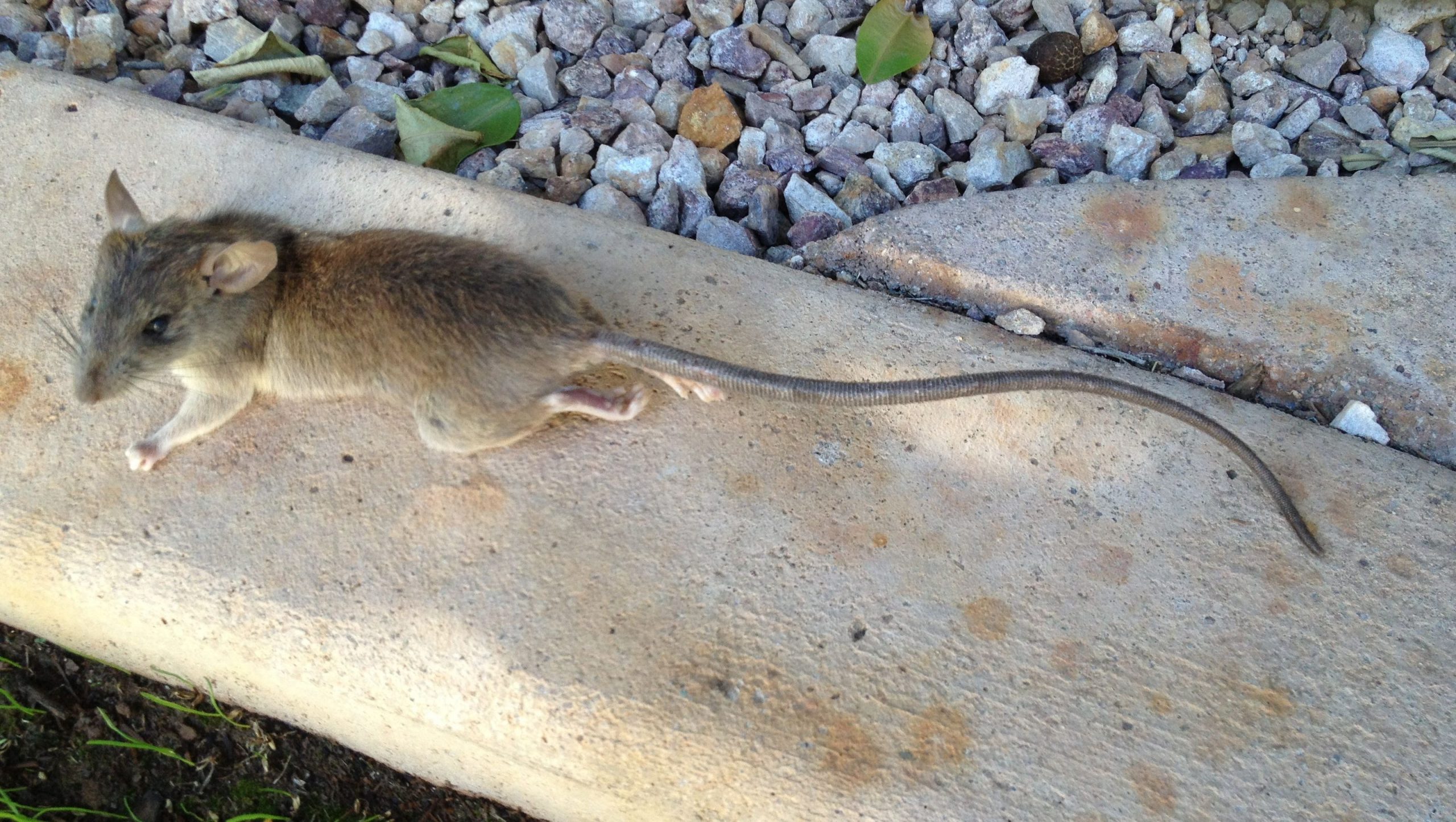
Roof rats, using the secretions from their fur, can mark entry holes as their territory. Long after your tenant roof rats are gone, this smell stays. This scent acts as a warning that your position was once accepted by former roof rats for other scouting roof rats.
Because roof rats have teeth that never stop developing, to survive, they must gnaw. For the roof rat, chewing through materials is important, and an attic offers plenty of chewing areas. Wood posts, vents, pipes, shingles, and, sadly, live wires are all vulnerable to the gnawing of the roof rat. In a spiral, roof rat incisors would expand if they did not chew to wear them down. 5Trusted Source New York State Health Department Go To Source
What Diseases Do Roof Rats Carry?
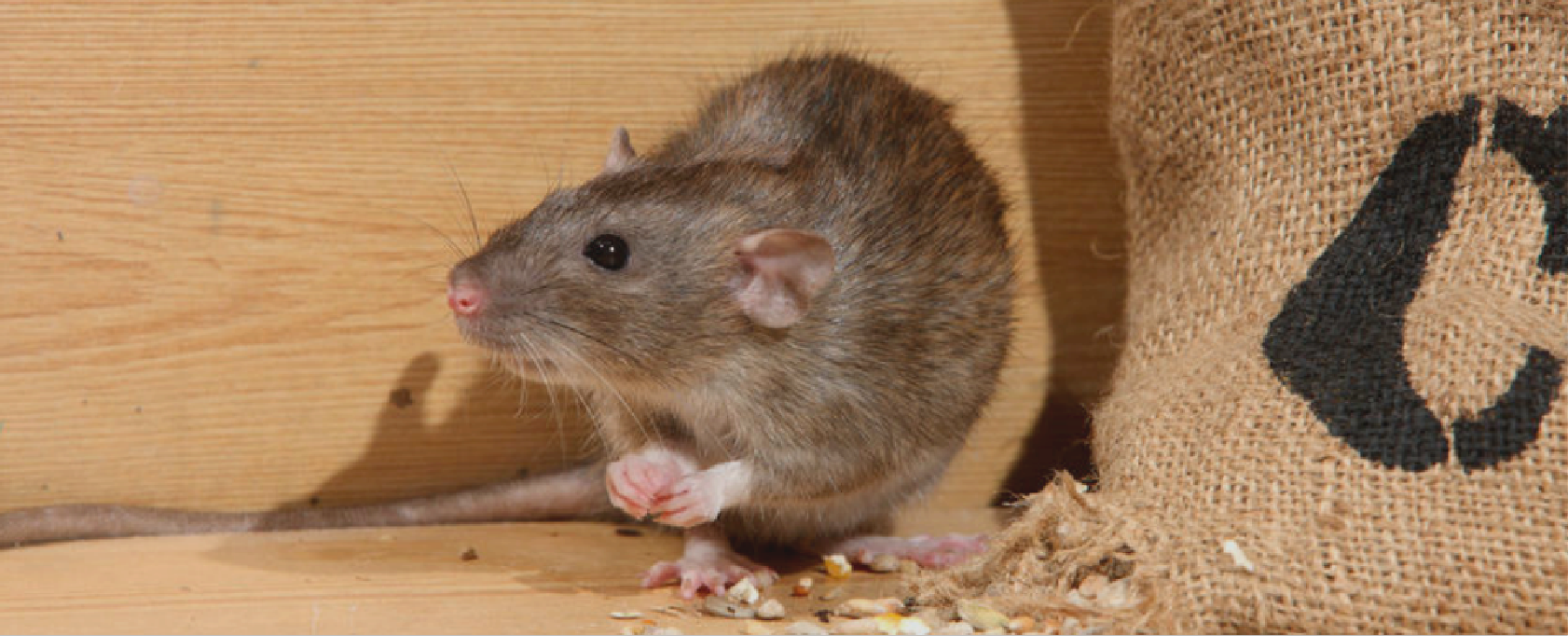
Infections are spread in many ways. Direct touch, dead or alive, with a roof rat puts individuals at risk of rat-bite fever. Bites are highly dangerous and scratches and should be handled with caution.
Some roof rat diseases can indirectly infect individuals as well. Typhus and plague were transmitted by fleas from diseased rodents. Salmonellosis and leptospirosis may also be inflicted by handling rat waste or eating it by infected food or water. Roof rat spreadable diseases are:
- leptospirosis– blood infection caused by the bacteria Leptospira
- salmonellosis– bacterial disease that affects the intestinal tract
- rat-bite fever– febrile human illness caused by bacteria transmitted by rodents
- murine typhus– disease caused by a bacteria called Rickettsia typhi
- plague-disease that affects humans and other mammals. It is caused by the bacterium, Yersinia pestis 6Trusted Source Center For Disease Control Go To Source 7Trusted Source King County Go To Source
Roof Rat Trapping & Removal Process

Check for broken attic vents, louvers, vent pipes, or tiling that may permit the pests to enter. Cover any holes with hardware fabric, 1/4 inch in diameter or more. It’s often more difficult for rodents to climb on roofs by keeping trees and ivy trimmed and away from rooftops, walls, or utility poles.8Trusted Source Florida Health Go To Source
Avoid using poisons in order to get rid of roof rats which are already inside. The scent of carcasses will fill the entire house in hard-to – reach areas. Traps work well, but it is important to select the right size , location, and bait. Call local Affordable Wildlife Removal professionals for fast and efficient removal and if you live in Miami-Dade County, call (305) 742-0067.
Summary: Roof rats are smaller rodents that come in various colors and are excellent climbers. Typically under 10 inches in length, roof rats are known for climbing homes and entering attics. Roof rats can chew through most housing materials and often carry disease that can be spread to humans.
They are attracted to garbage and leaving unsealed garbage bins is asking for a roof rat problem. Avoid using chemicals in removing roof rats and calling a professional may be needed because if you see only one rat, there is likely more in hiding.
